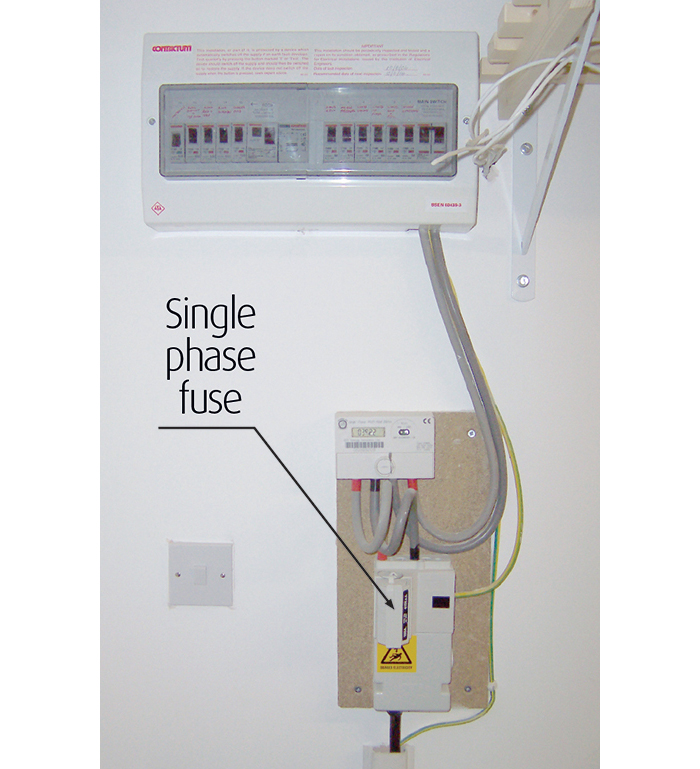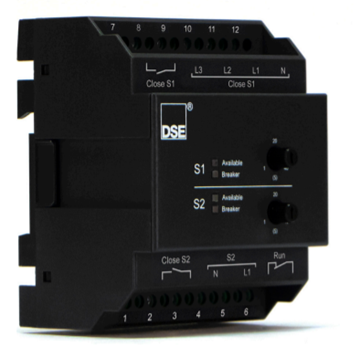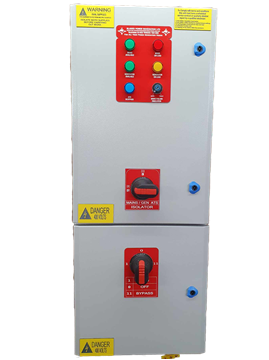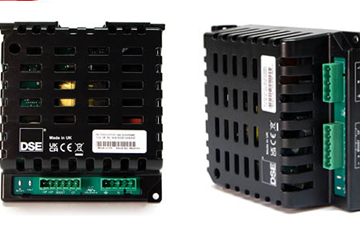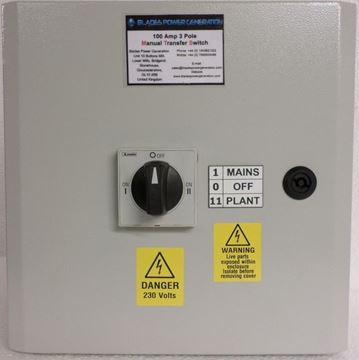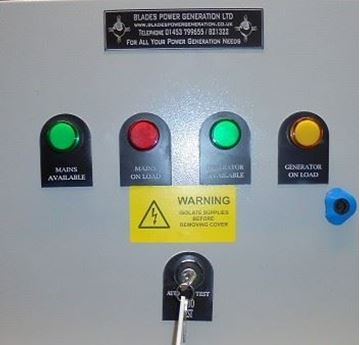Investing in a standby generator for your home is not going to be cheap, but in the light of recent events there will no doubt be many homeowners who would never have considered it before but are now studying the market to find a generator that will cover them for a power outage.
Storm Arwen - only the first named storm of this season – has caused havoc for people in the north, some of whom have been without power for 11 days. Many of them have had no lighting and no TV, so not only have they had no power but have not been able to keep up with the news and see when (if ever!) their power is going to be restored. The worst part of it for those people is that in most cases they have had no heating either – in the freezing conditions caused by the storm.
It is bad enough having a power outage in your home, but in other situations it can literally be a matter of life or death. In a hospital, for instance, the loss of power for even a few seconds can be a catastrophe. So, under those circumstances, the installation of a standby generator is not an option, but an essential.
Then there is the matter of how the generator kicks in when the power goes down. This is taken care of by a transfer switch, and it can either be manual or an automatic transfer switch.
With a manual transfer switch, as you might imagine, you have to start the generator yourself and then when it is up and running switch over from the mains input to the generator. This means that there will be a time gap between the power going down and the generator producing power again. It also means that if you are not at home or on the premises, the power will be down until someone can start the generator.
An automatic transfer switch, however, does the job for you. It senses when the power has gone down and sends a signal to the generator to start up. When the generator is running it will send a signal back to the automatic transfer switch which will then switch over from the mains to the generator. When the power returns from the mains, the switch will turn off the generator and return to mains power again.













